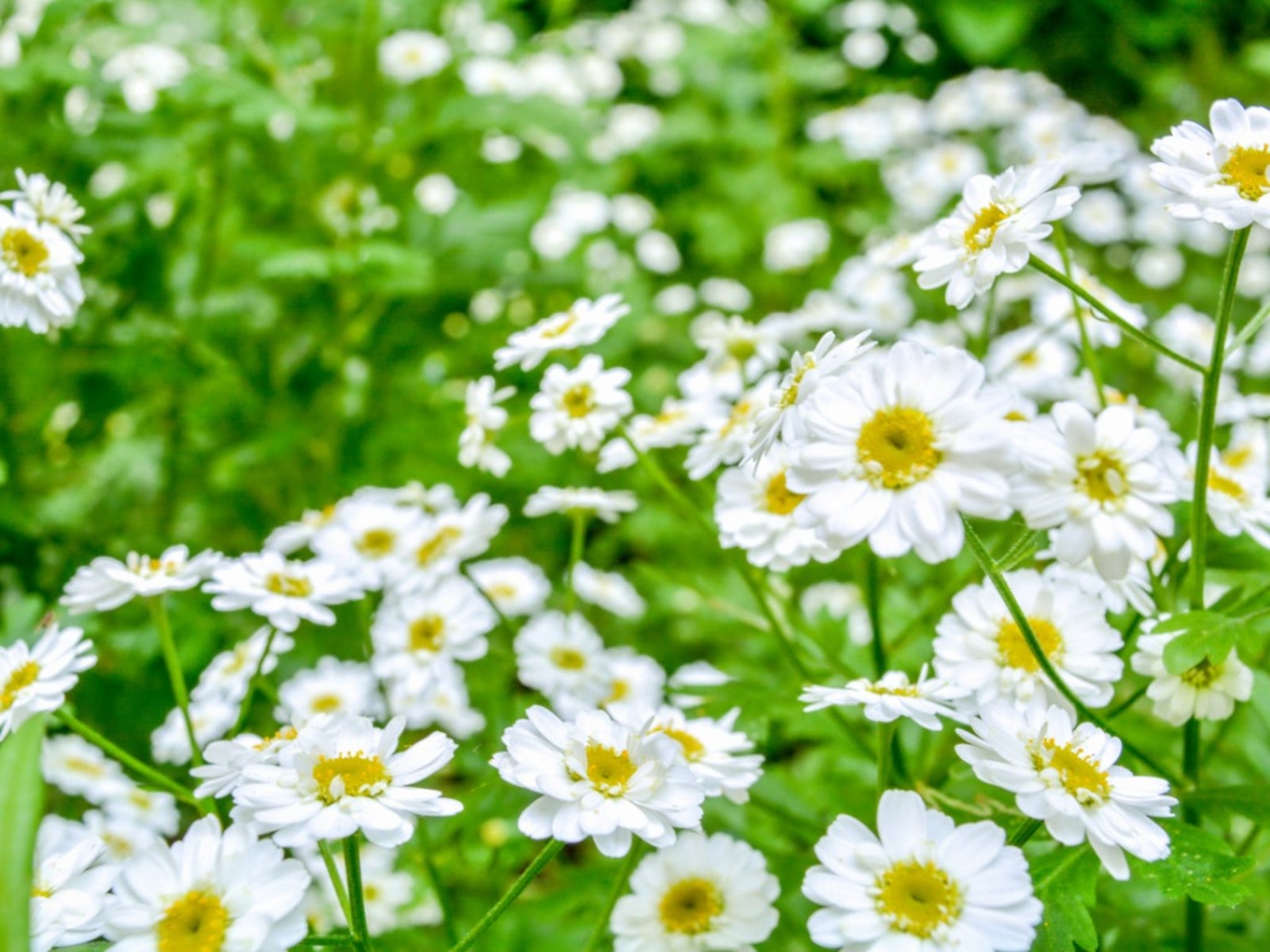- From the green slopes of Molo to the valleys of Nyahururu, pyrethrum’s story is being rewritten — not as a relic of the past, but as a crop of the future.
In the quiet highlands of Kenya, where the air is cool and the soil fertile, a small white and yellow flower holds immense potential.
Pyrethrum — a crop once hailed as “white gold” — is not just a pretty bloom. It’s a powerhouse of natural pest control, a beacon of sustainable agriculture, and a symbol of a sector that once brought prosperity to thousands of Kenyan farmers.
Pyrethrum is a daisy-like flower, scientifically known as Chrysanthemum cinerariifolium. It is cultivated for its pyrethrins — natural compounds found in its petals — which are used to produce insecticides.
These insecticides are favored globally for being biodegradable, safe for humans and animals, and environmentally friendly.
Unlike synthetic chemicals that linger in the ecosystem, pyrethrum breaks down quickly in sunlight, making it ideal for use in organic farming, household pest control, and public health campaigns against malaria-carrying mosquitoes.
Kenya’s relationship with pyrethrum dates back to the colonial era. For much of the 20th century, the country was among the world’s leading producers of pyrethrum, exporting to major markets in Europe and the United States.
The crop flourished in areas with high altitudes and cool climates — notably Nakuru, Nyandarua, Kericho, and parts of Bomet and Elgeyo Marakwet. By the 1980s, Kenya was supplying over 70% of the global demand for natural pyrethrins.
For smallholder farmers, pyrethrum was a steady source of income, harvested throughout the year and relatively easy to manage.
But the golden years did not last. Mismanagement, delayed payments from state-run institutions, lack of access to quality planting materials, and the emergence of synthetic insecticides gradually led to the decline of the crop.
Farmers abandoned pyrethrum in favor of more reliable alternatives like potatoes, maize, or dairy farming. Kenya’s share in the global market dwindled, and countries like Rwanda and Tanzania stepped in to fill the gap.
Despite its decline, the importance of pyrethrum never really disappeared. With growing global demand for organic and eco-friendly products, natural insecticides are regaining popularity. This renewed interest is sparking a revival of the crop in Kenya.
Both government and private-sector players are investing in research, seed multiplication, training, and marketing to restore pyrethrum’s former glory. Counties like Nakuru and Nyandarua are leading the charge, supporting farmers with seedlings, extension services, and access to processing facilities.
One of the key advantages of pyrethrum is its resilience. It grows well in poor soils, requires minimal chemical input, and can be harvested regularly for several years. Its continuous blooming cycle means farmers can earn income year-round.
Moreover, the crop contributes to agroecological balance, as it is less susceptible to pests and supports integrated pest management systems.
Today, as Kenya works to diversify its agricultural exports and empower rural communities, pyrethrum is once again being seen as a strategic crop.
With proper support, transparent marketing systems, and value addition, pyrethrum can help Kenya tap into the multi-billion-dollar global organic pesticide market — while restoring livelihoods and strengthening food systems at home.
From the green slopes of Molo to the valleys of Nyahururu, pyrethrum’s story is being rewritten — not as a relic of the past, but as a crop of the future.






